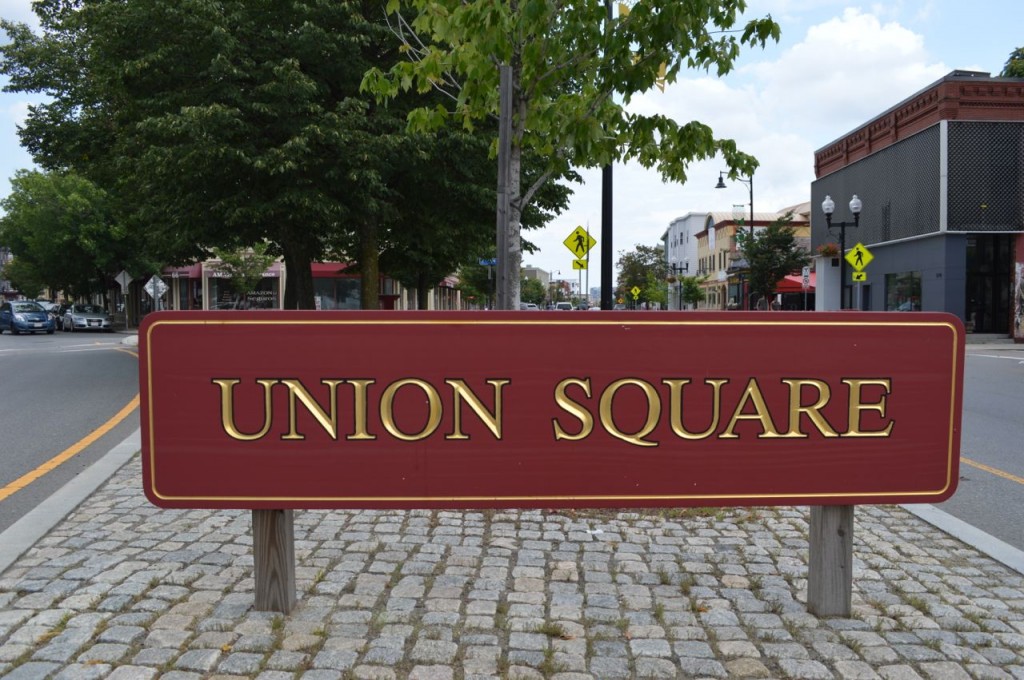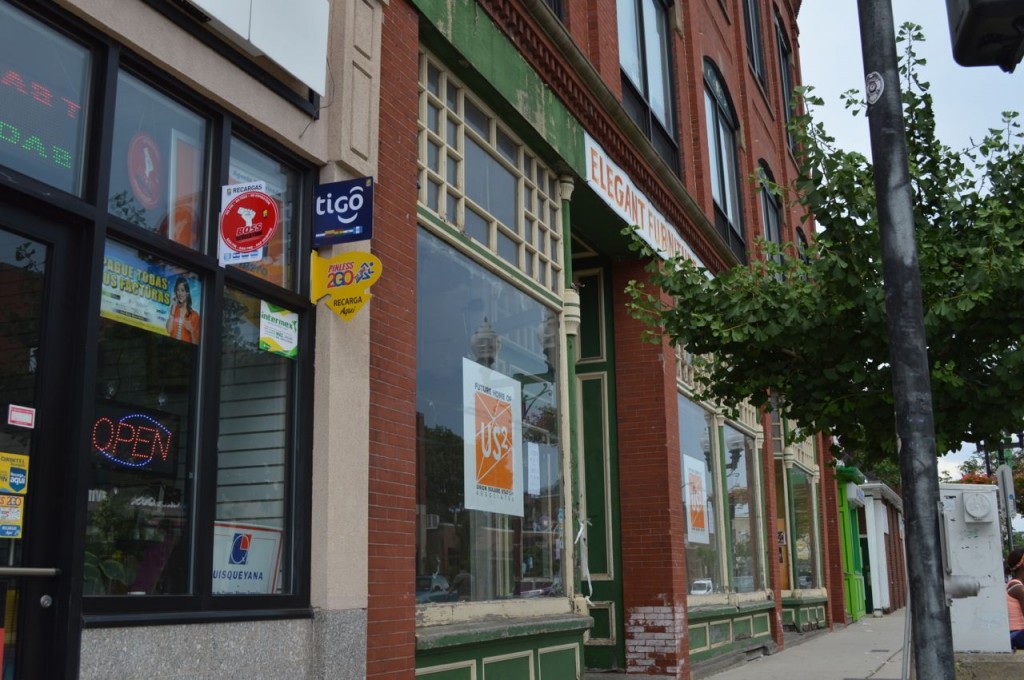
Union Square in Somerville quickly established itself as a foodie haven. For those more willing to embrace their voracity, there are perhaps few other places that combine a tight-knit neighborhood feel with a mix of authentic eateries and modern fare. Part of the comprehensive master plan for the City of Somerville is revitalizing Union Square. With a deep-seated food scene and surrounding residential community, officials are hoping to turn the area into a more accessible innovation hub.
The Green Line Extension project, an extension of the MBTA Green Line up to Medford, will cut through Union Square where a T station will be established. This ready access to public transportation is poised to bring the area’s transformation to new heights, opening the flood gates for those perhaps unable to afford living closer to, or in, Boston by providing transit-oriented housing.
A station at Union Square is expected to open in 2017.
Union Square Station Associates (US2) is spearheading the neighborhood’s master plan overseen by the City of Somerville. The organization, a co-venture with Chicago-based Magellan Development Group with Mesirow Financial serving in a supportive role, officially came aboard back in December when it agreed to undertake a community-driven master planning process for the neighborhood.
The City’s Somerville by Design team has since held several public hearings on the project, soliciting feedback and providing updates for how best to tackle such a substantial project.
“If we are going to achieve the community’s goals and vision for Union Square, and manage the change that is coming to Union Square with the opening of the Green Line station our community pursued for decades, the community must continue to be a part of the planning for the square’s future,” said Mayor Joe Curtatone at the time.
Union Square is teeming with commercial resources and is already bursting at the seams with eateries such as BRONWYN, The Independent, Journeyman, Brass Union and Union Square Donuts, to name just a few.
New and conspicuous bike lanes make traveling between Union and Porter Squares more accessible for cyclists and pedestrians as well, completed in 2010.

For startup founders and entrepreneurs, US2 recently partnered with Workbar, which will be setting up shop in the same building US2 is housed in: 31 Union Square. US2 is also commissioning a local artist to beautify the old furniture retail location, which is currently sitting in a state of mild decrepitude.
US2 announced that artist Crystal Rene Burney has been tapped to paint a mural that echoes the intent and vision of US2 and Workbar.
“We received a number of outstanding proposals, but Crystal’s vision for a mural depicting the values, vitality, history and future of Union Square stood out,” said Greg Karczewski, president of US2, in a statement.
And just down the street, right past Market Basket, is Greentown Labs – an incubator tailored towards startups of the green, sustainable and environmentally-friendly variety.
As BostInno reported back in December, “the goals of the Union Square Revitalization Plan will act as the basis for the positioning of future retail, commercial, residential, and other projects in each of the seven development zones.”
At the most recent public hearing back in June, Somerville By Design conveyed that, per a survey administered a month earlier, most people prefer for Union Square to pursue a public commons scenario with shorter buildings surrounding a patch of community greenery. Some
In that instance, suggestions for use include a traditional town common or athletic fields. Perhaps a hearty dose of each.

For shared streets, to keep travelers secure and in line with the aforementioned bike lane connections with Porter, US2 is considering multiple iterations of how best to utilize the pavement for everyone’s benefit, not just vehicles.
To get the best sense of what’s in store, consider the following three development sites (there are seven throughout the neighborhood in total).
D1 sits at the confluence of Washington Street and Somerville Ave. The lot currently houses two structures separated by a public passageway. The one closest to the intersection, set back slightly for an outdoor plaza, is encouraged to be a non-residential development – preferrably an office, hotel or public library. Further, 5 percent of each building’s floor area must be strictly reserved for arts and creative economy issues.
D2 could become some combination of a parking garage and open space, pending finalization of the plan, located adjacent to the MBTA’s future Union Square Station and in some capacity will serve it and its passengers. Similar to D1, a plaza will be created at the lower entrance of T station with programming to accommodate some 30 to 70 people at a single time. If buildings are erected there, spanning three slices of D2’s land, the front floor of each will be dedicated to some kind of commercial or retail use. The exterior aesthetics of the buildings must “provide architectural design diversity” as well.
D3 will be located across Webster Street from D1 but like D2, will be split into three plots. An alley system will be introduced between the plots’ developments to help activate street level happenings. One building, currently occupied by Beacon Sales, is expected to remain a commercial building. The other two will likely be mixed-use and together be some kind of combination of a high-rise and low-rise. In the middle, served by the alley system, will be a courtyard.
The result of Union Square’s continued revitalization will be jobs, restaurants and residences all within walking distance of public transportation, improved street infrastructure and bike accessibility, tax revenue for future funding and a fresh identity for those who live and work in the area.
A representative from US2 told me that the process is currently on track and a draft plan is expected to be completed in the fall with a final plan in the winter.

